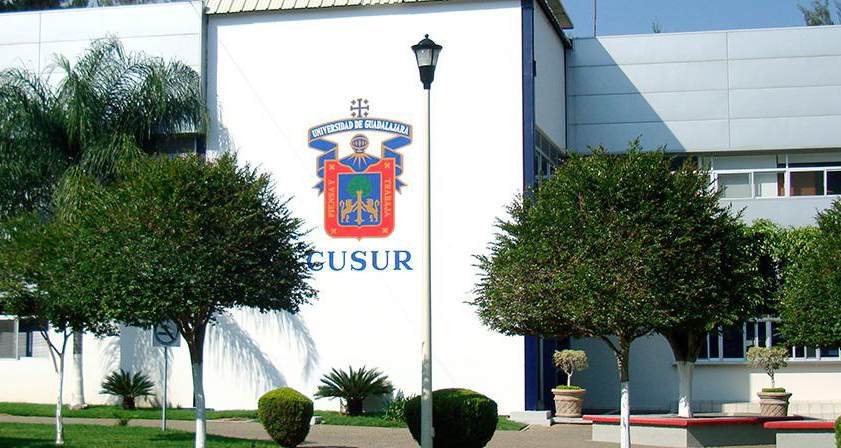Behavior Analysis in Mexico: A Long-Standing Tradition
(Note: As part of our From the Field series on behavior analysis around the world, Professors Alicia Roca and Rogelio Escobar of the National Autonomous University of Mexico have kindly written the following review of behavior analysis in Mexico)

Behavior Analysis in Mexico began more than 50 years ago. In 1961, a group of young students started promoting a behaviorally oriented psychology with a strong foundation in experimental research. These students, among whom were Emilio Ribes, Víctor M. Alcaraz, and Serafin Mercado, gradually transformed into a group of self-taught faculty members and researchers, and developed the first psychology curriculum that included behaviorally oriented courses in Mexico at the University of Veracruz, in Xalapa. This curriculum at Xalapa had a profound influence on the creation of a new psychology curriculum at the National Autonomous University of Mexico (UNAM) including undergraduate courses in behavior analysis and a graduate program in the experimental analysis of behavior. Between 1975 and 1976, Emilio Ribes designed a new professional program of psychology at the Iztacala campus of UNAM, advised by Sidney Bijou, W.N. Schoenfeld and J. R. Kantor. The scope of the psychology program at Iztacala revolved around behavior analysis. Other Mexican universities, like the University of Sonora and the University of San Luis Potosí, adopted a behavior-analytic approach in their curriculum designs.

 During the early 1970’s, behavior analysis consolidated in Mexico. Not only the most important universities in Mexico welcomed behavior analysis as a fundamental part of their professional psychology programs, but they also became important centers of both basic and applied research. During this period, inspired by B.F. Skinner’s Walden Two, the community of Los Horcones was founded in northern Mexico. Several conferences on behavior modification and behavior analysis were held in Mexico. The international guest speakers during the first conferences included B. F. Skinner, Nathan Azrin, Fred Keller, Montrose Wolf, Joseph Brady, and Sidney Bijou. In 1975, two major events took place: The founding of the Mexican Society of Behavior Analysis (SMAC) and the publication of the first issue of the Mexican Journal of Behavior Analysis (MJBA).
During the early 1970’s, behavior analysis consolidated in Mexico. Not only the most important universities in Mexico welcomed behavior analysis as a fundamental part of their professional psychology programs, but they also became important centers of both basic and applied research. During this period, inspired by B.F. Skinner’s Walden Two, the community of Los Horcones was founded in northern Mexico. Several conferences on behavior modification and behavior analysis were held in Mexico. The international guest speakers during the first conferences included B. F. Skinner, Nathan Azrin, Fred Keller, Montrose Wolf, Joseph Brady, and Sidney Bijou. In 1975, two major events took place: The founding of the Mexican Society of Behavior Analysis (SMAC) and the publication of the first issue of the Mexican Journal of Behavior Analysis (MJBA).
Historically, behavior analysis provided Mexican psychology with a scientific identity that was crucial for establishing psychology as a respectable profession in Mexico. Although it can be argued whether or not behavior analysis has lost its original force in Mexico, the status of behavior analysis is still a good reflection of its history. The School of Psychology and the Iztacala campus of the National Autonomous University of Mexico, and the University of Veracruz, in Xalapa, continue to host and finance several operant laboratories. Since its foundation in the early 1990’s, the Center for the Study and Research of Behavior (Centro de Estudios e Investigaciones en Comportamiento - CEIC) in Guadalajara, Jalisco has continuously produced important research on animal and human behavior. Other research centers were created in Jalisco in recent years that have contributed to research and dissemination of behavior analysis in Mexico: University Center of the Ciénega (Centro Universitario de la Ciénega) in Ocotlán, and the University Center of the South (Centro Universitario del Sur) in Ciudad Guzmán. Other important research centers are located in Sonora, Aguascalientes, and Oaxaca. The community of Los Horcones has become one of the few centers in Mexico for the treatment of problem behaviors in people diagnosed with autism.

In November, 2014 in Guadalajara SMAC celebrated its 24th conference. The conferences are currently held annually in different states of Mexico and gather academics, professionals, and students interested in behavior analysis. MJBA continues publishing theoretical articles and original or applied research reports. MJBA publishes papers in Spanish and English, and has an international editorial board. The journal is published three times per year (June, September, and December). At the time, the journal published its 40th volume. Attendance records at the SMAC conferences and the publication of MJBA are permanent products that attest to the sustained practice of behavior analysis in Mexico.



